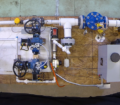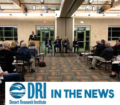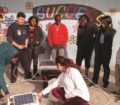Kenny Tong/Shutterstock.com
Future-Proofing the Power Grid
NEXUS researchers investigate techniques to enhance the efficiency and reliability of the smart grid in decades to come
By Jane Palmer
June, 2017
Renewable energy might be an essential addition to the nation’s energy portfolio but incorporating this frequently fluctuating source of energy into an aging grid infrastructure can present challenges.
“Renewable energies are much more dynamic and you need to adapt to those dynamics not just from the point of view of serving the dynamic customer demand, but also by having a system that can adapt to dynamics of renewable energy generation,” says NEXUS researcher Dr. Mehmet Gunes, a computer scientist and engineer at the University of Nevada Reno (UNR).
Even without the consideration of incorporating renewable energy sources, the electricity infrastructure needs modifications so that it can continue to consistently supply energy for future decades. Consequently, Gunes and his team are investigating ways to “future-proof” the electrical grid, not just to incorporate renewable energies such as solar and wind, but to enhance its efficiency and reliability.
The energy output of traditional power plants is usually constant, or certainly can be adjusted to meet expectations but wind and solar energy sources can produce fluctuating levels of energy depending on the weather conditions. By necessity, to manage these fluctuating energy sources, more communication between grid participants is needed, Gunes says. “We aim to transform the current closed grid architecture to an open one to achieve a smarter grid,” he says.
Opening the Channels of Communication
Currently U.S. power transmission networks are interconnected, but the Independent System Operators and Regional Transmission Organizations manage these networks at a regional level. The existing infrastructure for information flow- the grid “cyber-architecture”-allows only for limited data exchange among regional operators for security reasons but this “closed” architecture proves problematic. For instance, if one line fails its voltage is loaded onto the surrounding lines, potentially causing them to fail and transfer their loads in turn. Such issues can leave the grid vulnerable to cascading events.
With more information exchange such events could be avoided, Gunes says. “If an operator can detect that a neighbor’s line is failing, they can take some precautions, so that it wouldn’t cascade into their own domains,” Gunes says. To test this model, the team has performed simulations with the help of collaborators in the UNR’s Electrical and Biomedical Engineering department. When information sharing was not permitted the scientists could observe cascading failures to propagate throughout the power grid. “But with information sharing, the effects are contained pretty fast,” Gunes says.
The team’s first goal was to understand the overall dynamics of the power grid so that then they could see what modifications were needed. They identified a need for increased sharing of information but barriers exist to such open communication. In particular proprietary information needs to be protected because sharing such information openly could damage a region’s financial competitiveness. So Gunes’ goal was to develop an “open cyber-architecture” that allows for information sharing between the supervisory control and data acquisition systems of these regional entities while preserving confidentiality against human operators.
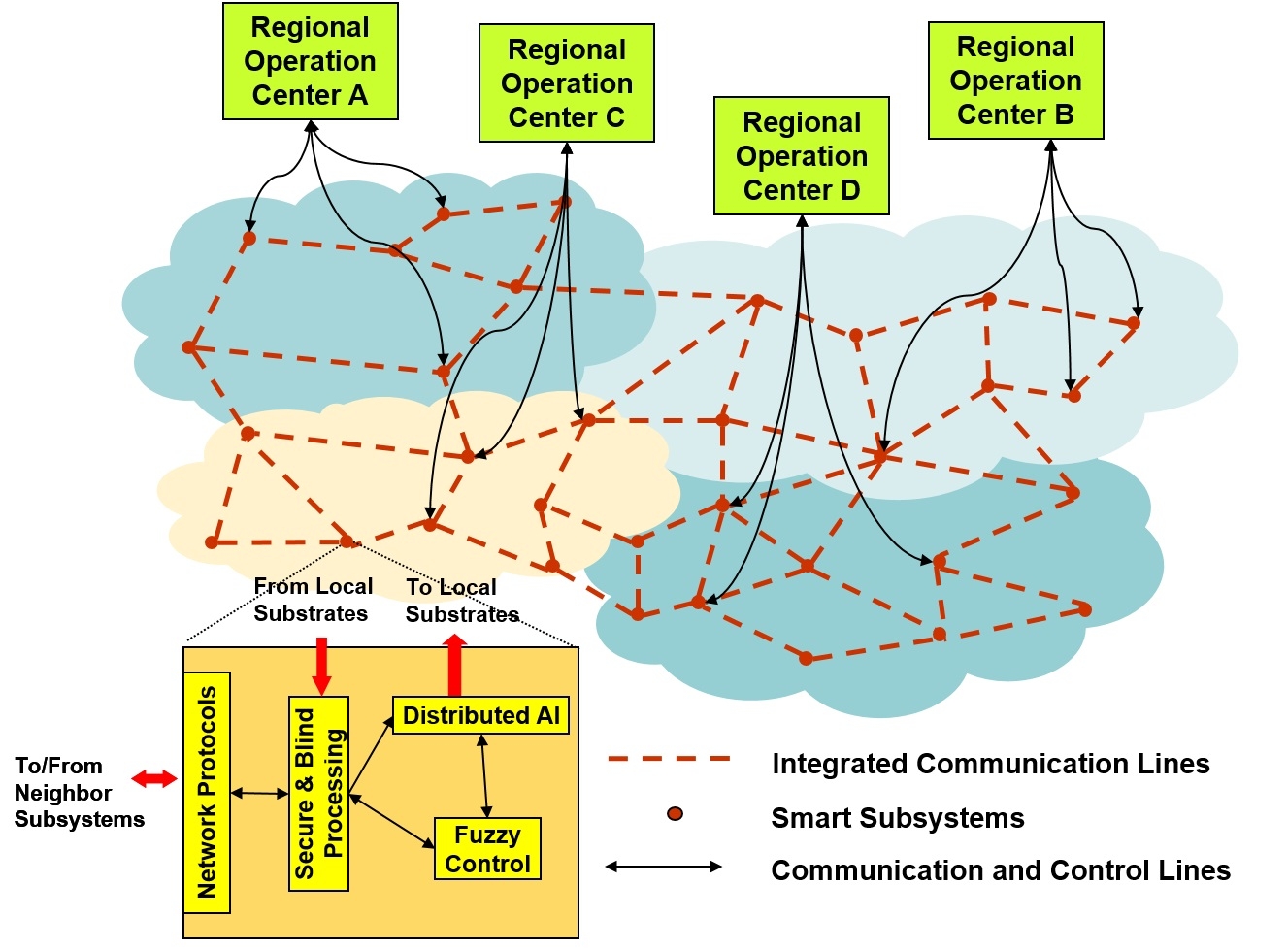
Open Cyber-architecture
–M. Gunes, University of Nevada, Reno
“The goal is to provide the human operator high level information, but not necessarily the low level information where they will gain competitive or economic information,” Gunes says. “They only receive high level information from analysis systems that allows them to protect their own system.”
To this end the team developed a proof-of-concept prototype, allowing collaborating systems to exchange information in shielded virtual machines while this data is hidden from the human operator.
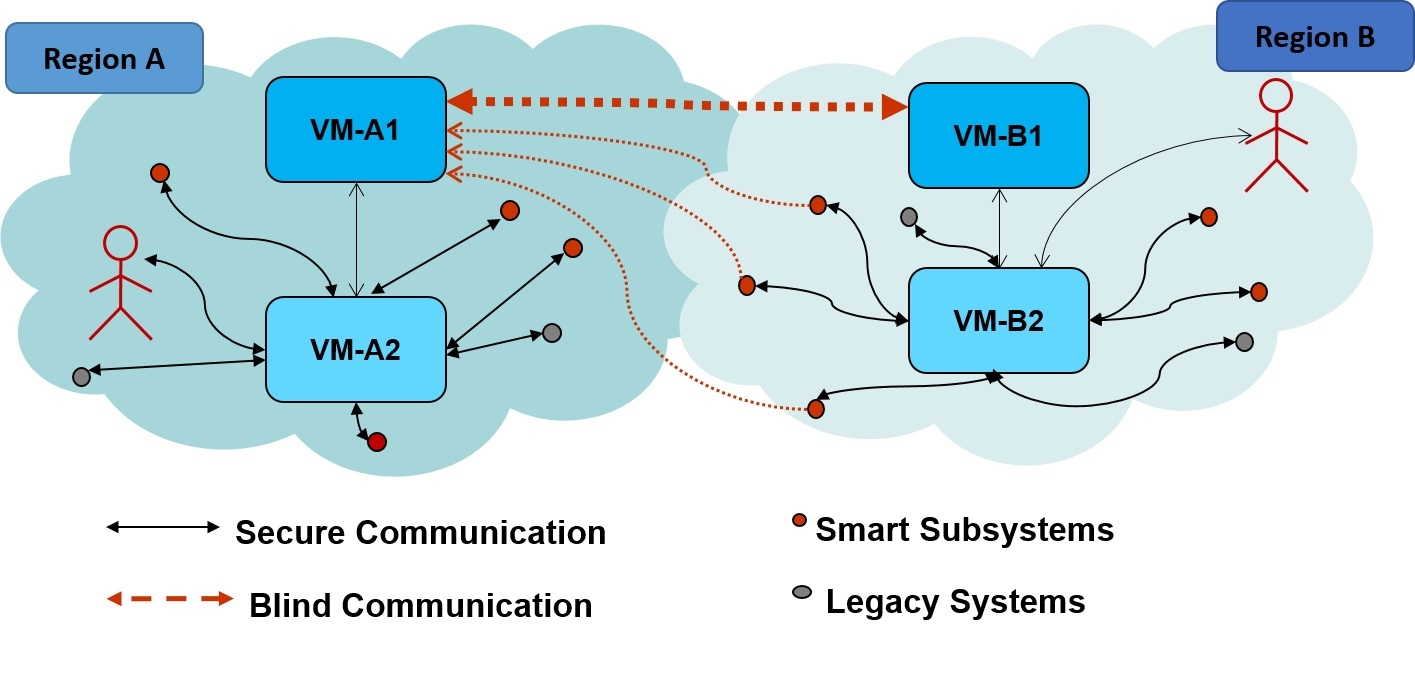
Blind Processing Virtual Machines
–M. Gunes, University of Nevada, Reno
The scientists’ goal is that this “open cyber-architecture” will increase data sharing, minimize human intervention and mitigate the impact of cascading events on the power grid.
Protecting Privacy
In addition to increasing the efficiency and resilience of the grid, the team also aims to enhance its robustness against cyber attacks. “In the old days, for someone to damage a power plant, they would have to be physically there, but now they can launch cyber attacks from anywhere to damage power plants. Hence you need better cyber security protection mechanisms while enhancing communication across the grid,” Gunes says.
Privacy and data protection are key issues in this interconnected, smart grid. Grid information is vulnerable not just to cyber attackers but also to collaborators who could potentially use that data for competitive advantage. To protect an organization’s data, it would be ideal that no other individual were able to view that data, Gunes says.
Consequently, the team’s model relies on hiding the data in the system. It’s a methodology that relies on current hardware-based security, namely the Trusted Platform Module (TPM) chips that were originally built into computers to prevent illegal downloading of music or videos and ensure copyright rules.
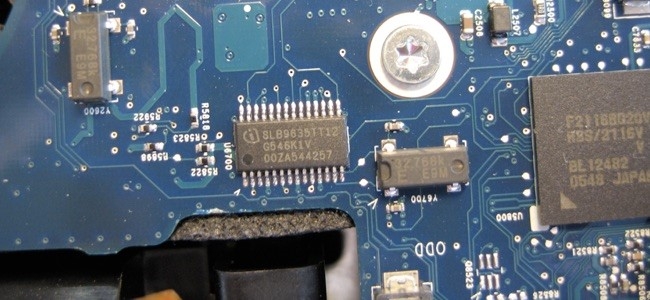
TPM Chip
Hoffman, Chris. “What Is a TPM, and Why Does Windows Need One For
Disk Encryption?” How-To Geek, 28 Dec. 2015. Web. 27 Apr. 2017.
“The computing systems already has this chip embedded and we are just using it for something else,” Gunes says. The original motivation behind these chips was to protect the digital copyrights, but Gunes’ team has used them to protect individuals or organizations, enabling them to safely exchange information with collaborators that also compete. The information can flow to the computing system but no system administrator can access that data as it is encrypted with keys sealed in the TPM chips.
Although the team’s model is designed for use in the power grid, the architecture could have applications in other domains, Gunes says. “What I find exciting is that you can adapt this to the cloud, you can adapt this to medical domain, or any other system that processes sensitive information” Gunes says. “It can be used for privacy protection in general.”
By designing a model that protects sensitive data, the safe flow of proprietary data becomes possible which translates to a more resilient grid infrastructure. “It is our goal that enhancing information sharing, and the adaptability of the power grid, will lead to proliferation of distributed renewable energy generation,” Gunes says.
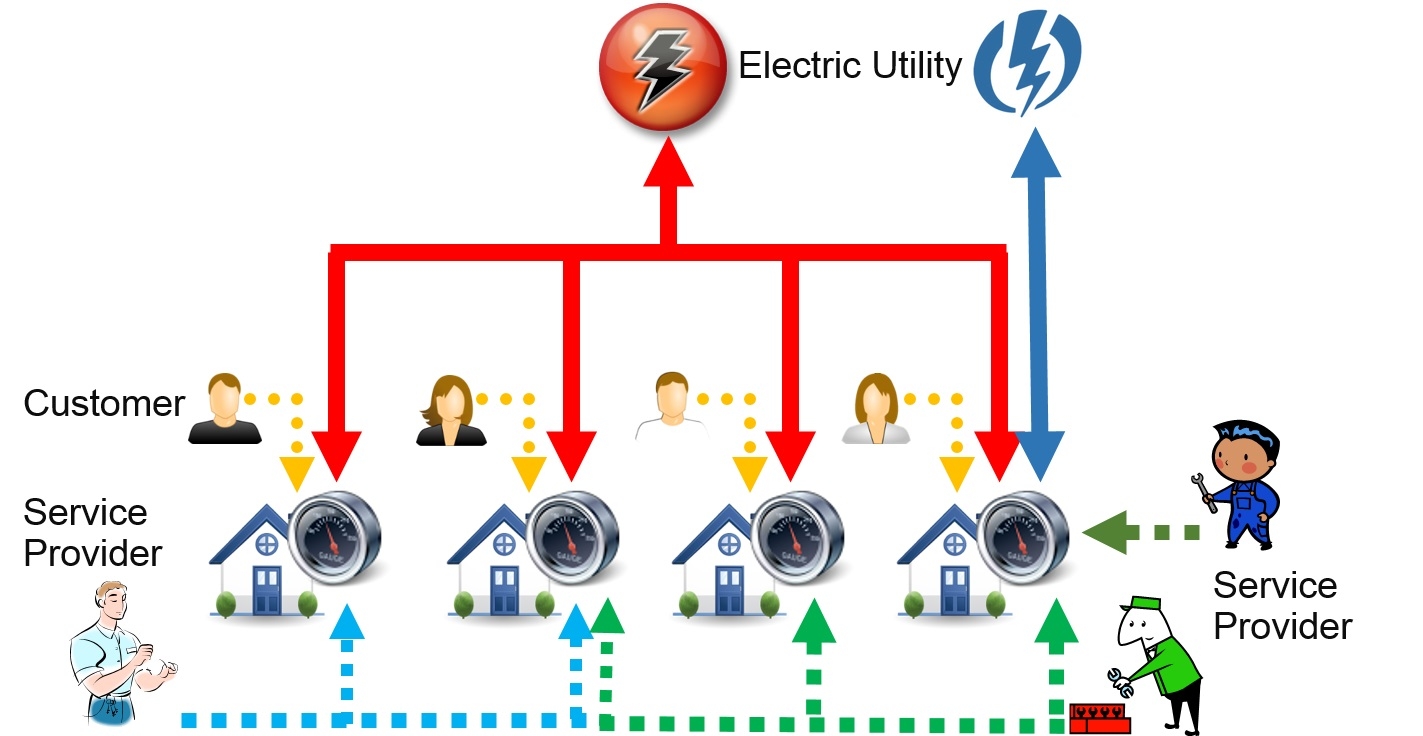
Interaction Between Home Area Network and Metropolitan Area Network
–M. Gunes, University of Nevada, Reno
Protecting Users of the Smart Grid
In addition to providing more protection and security for grid operators, Mehmet Gunes and his team are using their technology to protect smart meter users. “The smart grid can monitor the activity within a house because every device has a unique power consumption signature,” Gunes says. “So from that power consumption signature you can understand what is happening within the house. Now the utility company can get that level of information.”
Integrating the Trusted Platform Module chips into smart meters would protect the communication and data sharing that takes place between the utility and the smart grid users. The team is proposing to have the smart meter as a gateway between electrical devices in a home area network and external entities in the metropolitan area network. “Doing so would also open the door to new services,” Gunes says. For instance, an ‘Internet of Things’ device can rely on a smart meter to ensure cyber security while communicating with service providers to report sensing data or even get a firmware upgrade,” he says.
_______________________________________

June 2017
NEXUS Notes is a monthly publication of the Solar Nexus Project, which is a five-year research project funded by the National Science Foundation’s Established Program to Stimulate Competitive Research “EPSCoR” (Cooperative Agreement #IIA-1301726) focusing on the nexus of (or linkage between) solar energy generation and Nevada’s limited water resources and fragile environment.
Any opinions, findings, and conclusions or recommendations expressed in this material are those of the author(s) and do not necessarily reflect the views of the National Science Foundation.
_______________________________________
If you would like to know more about the NEXUS project,
please contact, Dr. Gayle Dana
Gayle.Dana@dri.edu
530-414-3170
_______________________________________


